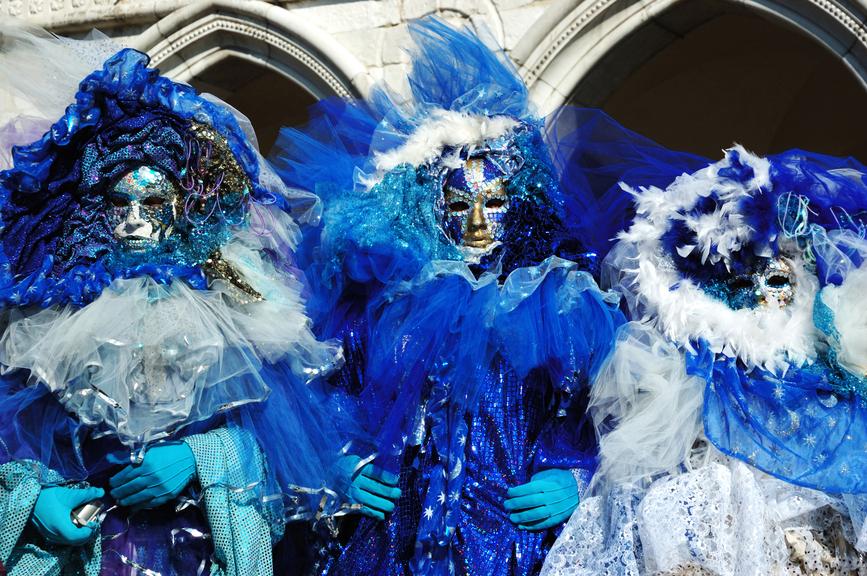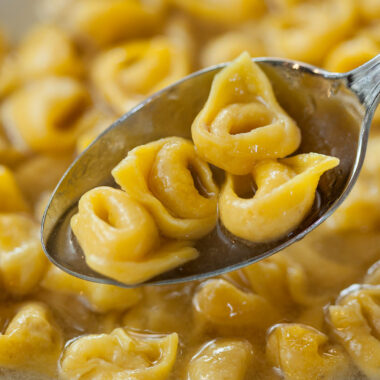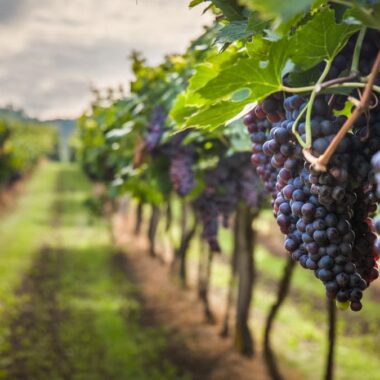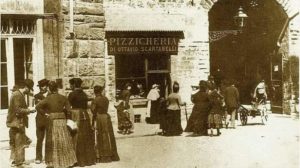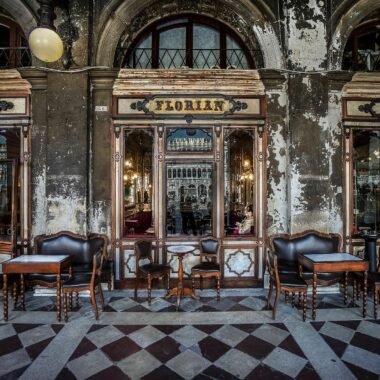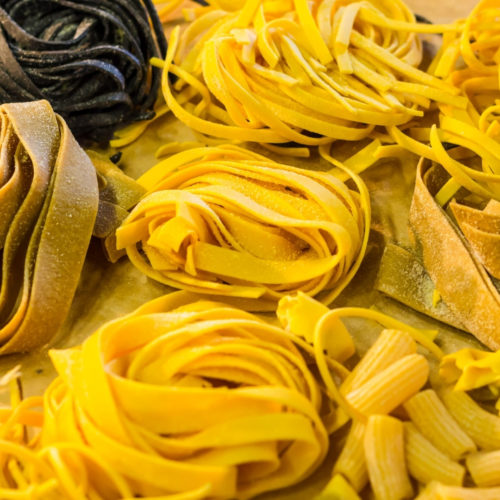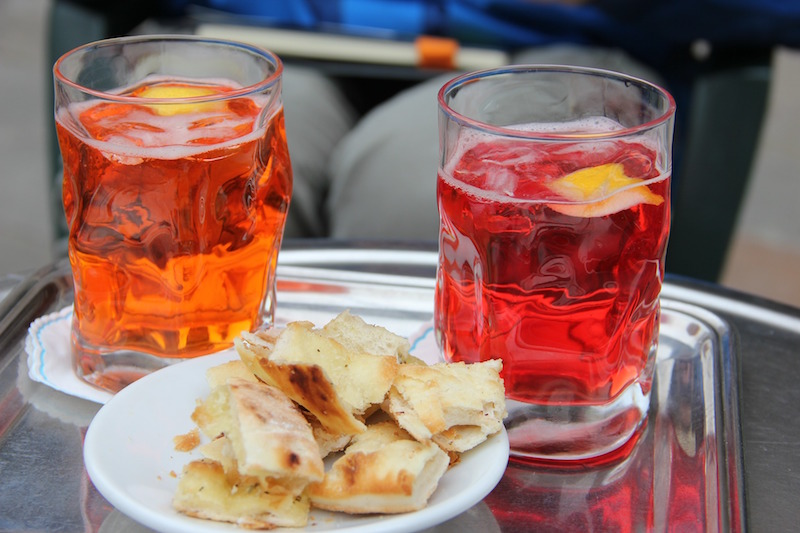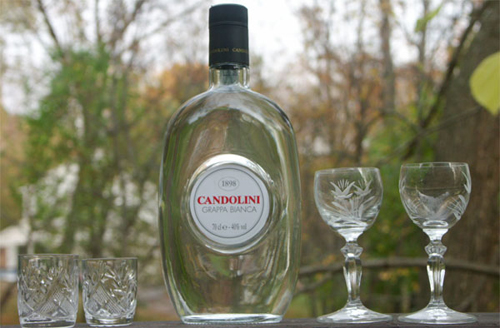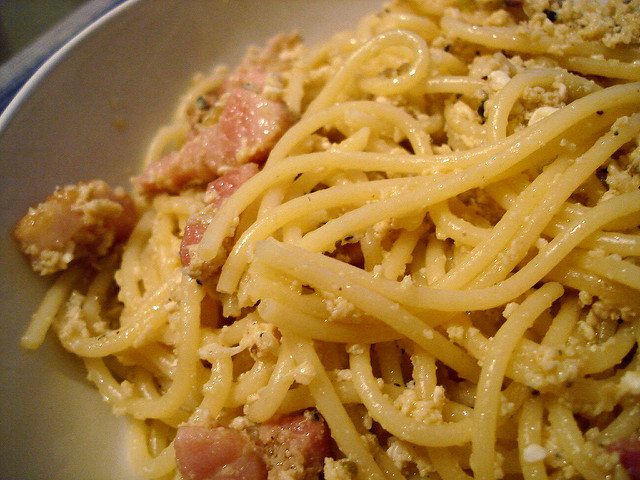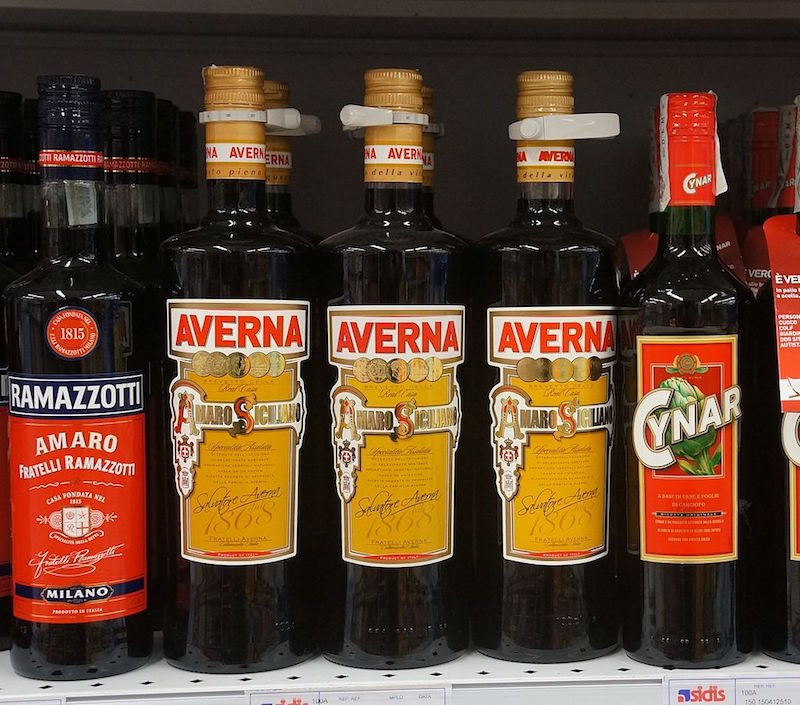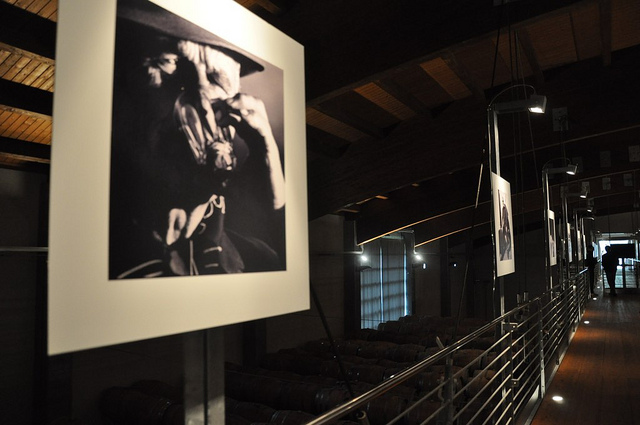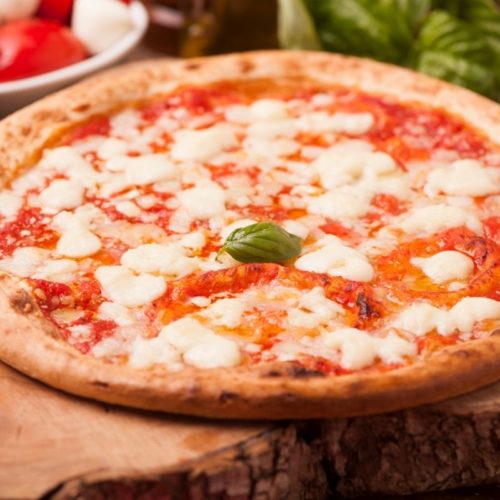Fragolino is an Italian red wine derived from the dark and purple-skinned Vitis labrusca vine, commonly known as the Isabella grape. The very name “Fragolino” draws inspiration from the Italian word “fragola,” meaning strawberry, offering a fitting description of the wine’s essence and flavor profile.
The winemaking process involves a brief maceration period, during which the grape skins interact with the juice, imparting the wine with its characteristic red hue. The result is a wine that captures the essence of the Isabella grape, showcasing a delightful fusion of flavors reminiscent of strawberries, creating a sensory experience that is both charming and memorable.
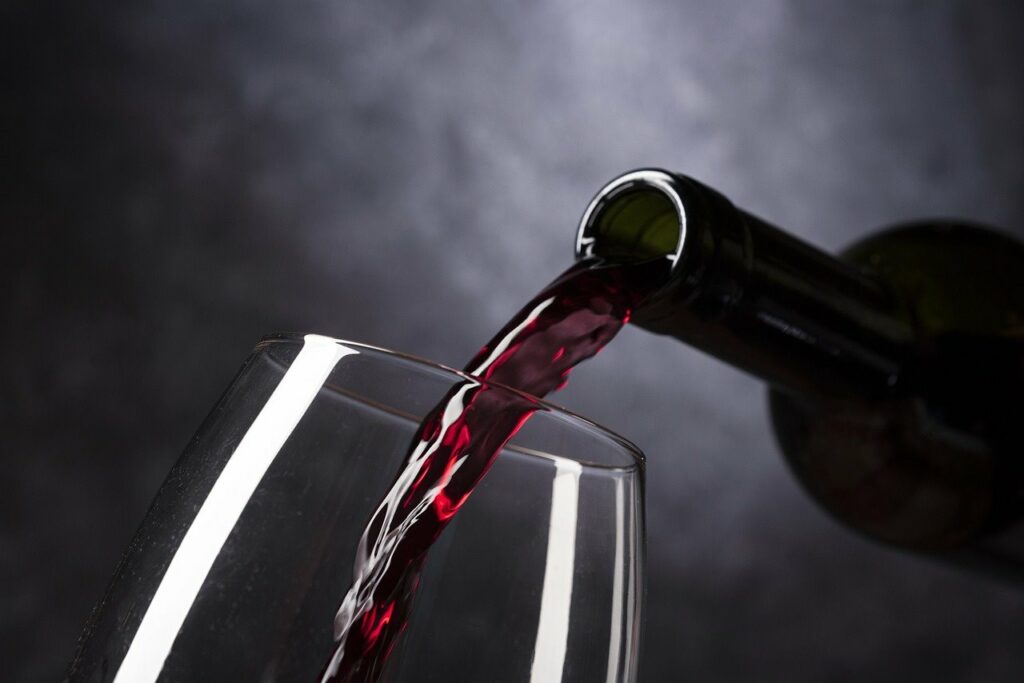
Unlike the more common Vitis vinifera species used in winemaking, the Isabella grape (Vitis labrusca) is native to North America and was introduced to Europe in the 1800s. It was popular because of its affordability, sweetness, and refreshing qualities with a delicate strawberry aftertaste.
But today, true Fragolino can be a bit difficult to find. It is actually illegal to sell this wine in the EU.
Cultivation of the Isabella grape is banned by many EU countries because the Isabella grape is thought to have been responsible for bringing the phylloxera plague to Europe in the late 19th century. The tiny Phylloxera insects feast on grape vines, cutting off the flow of nutrients and water to the plants. This plague was first noticed in France but spread quickly, and devastated most of the wine-growing industry in Europe in the late 1800’s.
Another factor contributing to the ban in Italy was the discovery of elevated methanol levels during grape fermentation. This raised serious concerns among experts, as excessive methanol consumption can pose significant health risks, including toxicity. Methanol poisoning can result in a range of adverse effects, from nausea and headaches to more severe outcomes such as blindness or even death, particularly when consumed in large doses.
These were the reasons that in the 1930s, some European countries banned the cultivation, or, in Italy’s case, the sale and distribution of wine made from Vitis labrusca. In France, for example, all new plantings of Isabella grapes were banned in 1935, perhaps out of fear that phylloxera might return, but mainly because the sweet strawberry like taste undermined the quality of French wines. Later, in 1979, the European Commission adopted the same rule, which managed to largely ban the production of European wines with American grapes.
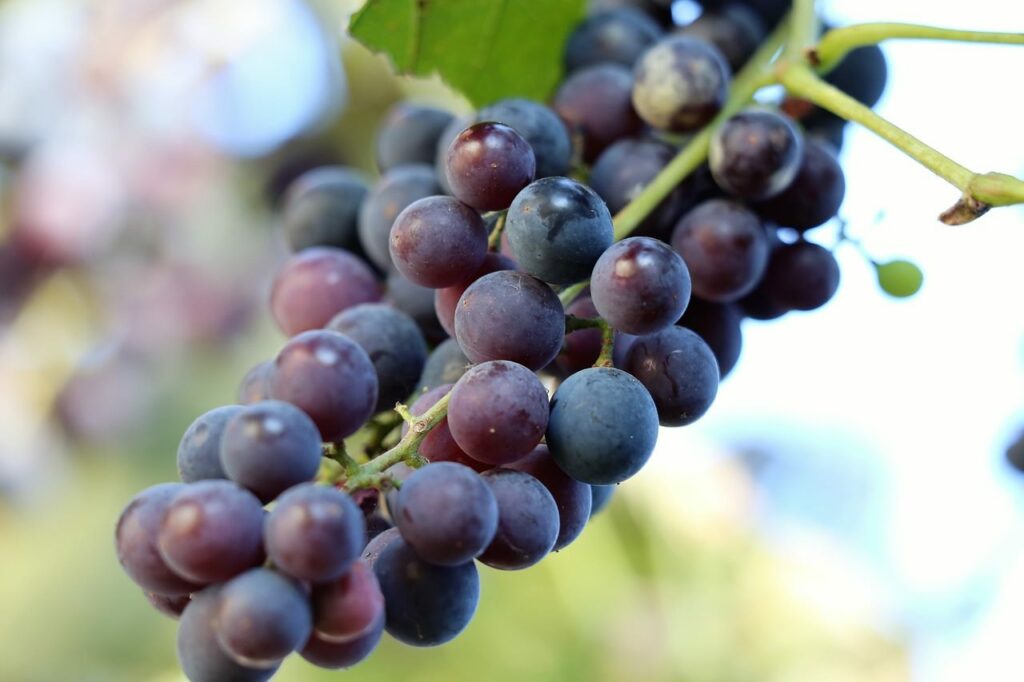
Today, authentic Fragolino made from Isabella grapes is nearly impossible to find due to the restrictive regulations. Instead, in the markets, you’ll find approximations labeled as Fragolino that are wine-based drinks with unmistakable fruity aromaticity that reminds of fragrant wild strawberries. Thanks to its moderate alcohol content and pleasant sweetness, it is perfect at any time of the day and is a synonym for party and joy. The taste is sweet, fresh and lively, with strong hints of wild strawberries.
Fragolino’s journey, from the rolling hills of North America to the European ban, is absolutely a fascinating chapter in the history of winemaking.
For a taste of today’s iterations of Fragolino, which are delightful wine-based drinks, consider these recommended options:
This drink is made from white grapes from Piedmont, based on naturally fermented grape must, Moscato wine, sugar and strawberry juice. It has intense notes of strawberry and forest fruit. The sip is aromatic and balanced, delicately sweet, suitable for aperitifs.
If you are looking for a light, delicate and fruity alternative to the usual sparkling wines, Splendia Fragolino is the one. Pretty pink with intense wild strawberry aromas and flavors, this sweet bubbly is simply creamy and seductive.
This white Fragolino drink is the result of a blend of different Italian grape varieties. It has straw yellow color with greenish reflexes. The aroma is fruity, with intense notes of strawberries and wild strawberries.

